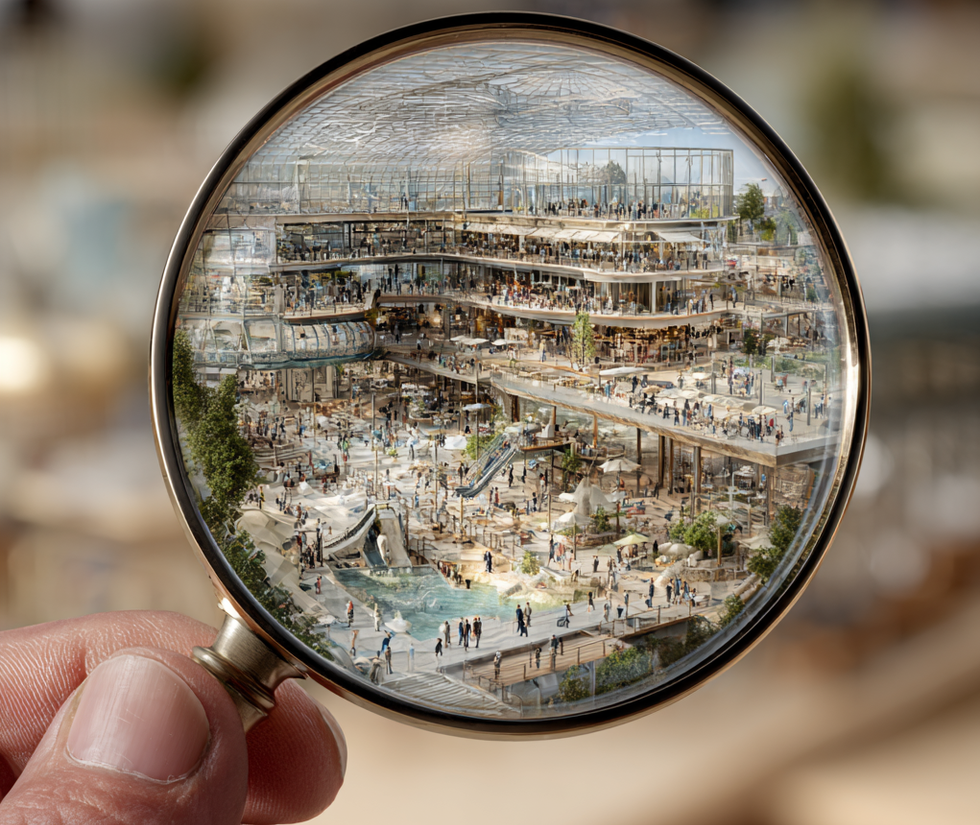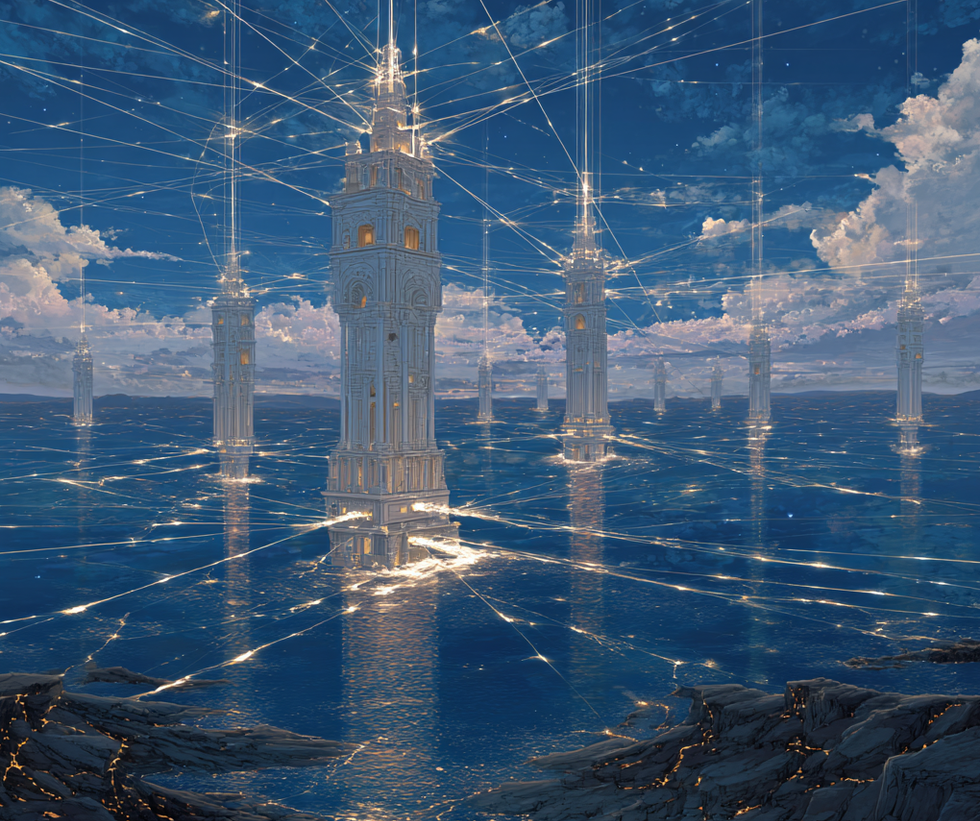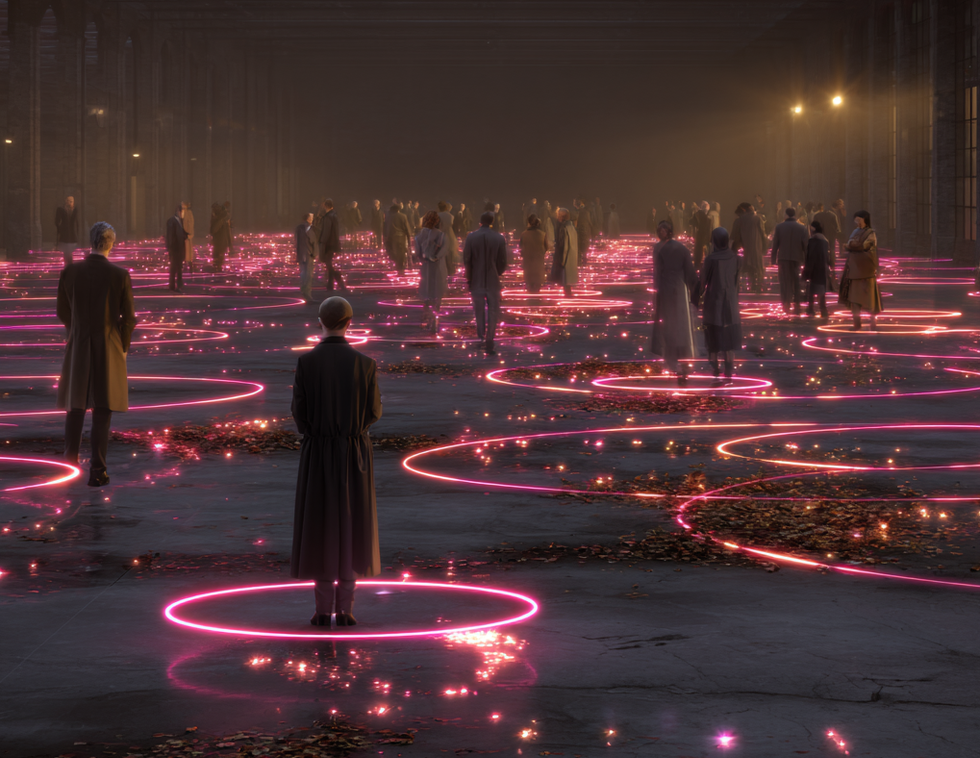by Graham Speak, Speak Consulting
Travelling back from Brand Licensing Europe in London a few weeks ago, it struck me how diverse the brands exhibiting were. Yes, the convention centre was full of larger-than-life cartoon characters. But there were also sports teams, social media influencers, music artists, car and tech brands, cultural organisations, and food and drink brands. This variety is not new, but it can be a real eye-opener for the uninitiated!
Brand licensing is all about collaborating and leveraging assets that another organisation has created, developed and invested in. The aim is to create more value for your proposition. Within the location-based entertainment (LBE) space, some fantastic examples of traditional character-based IPs are being used. For instance, Peppa Pig, Snoopy, Harry Potter, and superheroes from all corners of the galaxy.
It's not all about characters – IP experience with fast cars and football
However, in recent years, we’ve also seen significant growth in non-character-based IPs being leveraged in the LBE sector.
For example, Ferrari World Abu Dhabi opened nearly 15 years ago. This brings to life the aspirational Ferrari brand in an accessible way. What could have been a generic 'car'-based attraction has been turned into an opportunity for visitors to experience the technology, speed, prestige, and heritage of one of the world’s most famous and loved sports car brands.
It delivers something unique and differentiated for guests by combining qualities the Ferrari brand is synonymous with (including Italian authenticity, storytelling and brand affinity) with bespoke attractions. Ferrari brings a significant audience, awareness, credibility – and excitement to the theme park – in an authentically delivered way. And it’s a great brand statement for Ferrari, too – having a dedicated theme park shaped as its logo next to a Grand Prix track!
An experience based on sports, movies, or music IP is not a new concept. Bubba Gump’s Shrimp House and Jimmy Buffett’s Margaritaville are examples.
More recently, in 2021, the world’s first La Liga restaurant opened at Spain’s Port Aventura theme park. According to the Spanish Football League’s website:
“This new approach to the traditional sports bar will promote LaLiga and its clubs around the world and will allow sports fans to experience a full range of sports competitions in a unique and experiential way”…combining “gastronomy, entertainment, football and other sports in a unique and interactive environment, with technology playing a key role.”
The La Liga brand brings credibility and quality associations to the concept. It is a well-recognised wrap-around brand for many individual sports team brands.
Earlier this year, not content with a sports bar, Real Madrid partnered to open the world’s first football theme park, located within the Dubai Parks and Resorts complex. Alongside traditional theme park attractions, guests can dine on Spanish delicacies, browse extensive merchandise ranges, and experience one-of-a-kind attractions. This includes one that promises to transport them to the locker room of the teams’ Madrid stadium.
Hasbro: from cute TV pig families to multigenerational board games
Hasbro is a top-five global licensor. As a character brand owner, it has become increasingly active in the attractions space over recent years. Its character brands, such as Peppa Pig, Transformers, and My Little Pony, have significant appeal. The ecosystems built have become part of many people’s lives—from toys and games (Hasbro’s heartland) to TV shows, movies, digital gaming, and beyond.
Hasbro refers to experiential touchpoints as “Global Experiences.” These are a top priority for licensors and brand ecosystems, as they allow fans to be immersed in and interact with the brands they love.
Alongside its traditional character IPs, Hasbro has a wealth of other brands, such as Monopoly, Play-Doh and Nerf. These allow it to create different experiences that are exciting, engaging, and attractive to audiences in the LBE entertainment space.
In conversation with blooloop, Matt Proulx, SVP of global experiences, partnerships and music at Hasbro, says:
“We currently have 125+ licensee-led properties open across theme park attractions, interactive, life-sized games, family entertainment centres, branded hotels and restaurants, and more. We welcomed over 55 million visitors to our Hasbro-branded properties in 2023 alone!”
“It’s not just on the character and storytelling side of our brands, but also very much across our action brands, gaming, and other categories that aren’t necessarily character driven. Many of these brands are already highly imaginative and immersive in their own right. This makes them perfect for these kinds of real-world experiences. Nerf, Play-Doh, Lite-Brite, and many of our tabletop classics have just so much potential to bring those brands to life in really imaginative ways for fans of all ages.”
An IP experience that pushes the boundaries of a brand
Finding the right IP and partner for an experience is only part of the equation. Understanding how that brand should come to life to exceed guest’s expectations is equally important.
“We like to do things differently and try new things - pushing the boundaries of our iconic brands, whether Monopoly, Transformers, Peppa Pig or others. We have identified that consumers want to be surprised and delighted with unexpected experiences yet still stay true to a brand’s DNA.”
Hasbro takes a unique approach to ideating potential experiences that help illustrate how flexible, diverse, and impactful its brands can be in this space, whether character-based or non-character-based.
"There are also plenty of times when we have collaborated with a partner on defining a new experience. I have told the story before how Path Entertainment and Hasbro came up with the Monopoly Lifesized concept by attending an immersive theatrical experience based on a novel. Both groups agreed that was the template for how we wanted to bring the classic board game out to the experience market. Thus, Monopoly Lifesized was born.”
Understanding objectives and audiences to build meaningful experiences
“Throughout our openings over the years, we have aimed to match the consumer needs/insights we have with building the right experience and then building it with the right brand,” said Proulx.
“This year, we opened two new multi-branded entertainment centres in New Jersey. This included The Gameroom Powered by Hasbro at American Dream. Here, kids and families could enjoy Battleship and Trivial Pursuit-themed experiences. There was also the opening of Planet Playskool in Westfield Garden State Plaza. This features STEAM-based experiences and nostalgia based on iconic Hasbro brands like Play-Doh, Tinker Toy, Spirograph, Mouse Trap, Transformers, and others."
"The Lite-Brite: Worlds of Wonder experiences have also continued to be popular in Toronto, Canada and Las Vegas, Nevada. These are located at respective Illuminarium locations in each city, where visitors walk through imaginative and cinematic journeys inspired by the brand.”
Experience record-breaking IP
Guinness World Records (GWR) announced earlier this year its intent to open an entertainment venue in London. This will leverage the awareness and affinity for its brand—based on the world-famous, 70+-year-old, multi-generational book series, its audience reach on social media and its status as the ‘Ultimate authority on record-breaking achievements’.
Creating experiences isn’t a new business for the team at Guinness World Records. Current partners include MSC Cruises and Parque de las Ciencias science park in Puerto Rico.
Paul O’Neill, Guinness World Record’s VP of entertainment, says:
“The MSC program is great. We have theatre shows, family quizzes, daytime qualifying rounds and Children’s Club activities - all with the opportunity for the ship’s passengers and crew to become official record-breakers. They work because the records are accessible to all, everyone can have a go, and they are chosen to be very entertaining to watch. "
"For example, we have whole audience records for the loudest crowd shout. There is also a record for most spins in an office chair in 30 seconds for individuals. These are typical in that they are fun to have a go and open to all. Although, of course, only the special few achieve the actual record!
“Perhaps most importantly, though, is that their passenger demographic of family audiences lines up well alongside the GWR fanbase. They are a worldwide operation, and we are a globally famous brand.”
Flexing the brand for the partner and objective is critical
O’Neill adds: “A fit in terms of the demographic is important – but we can morph for many audiences. For example, we have worked in the science space, with a Guinness World Records show/exhibition touring science facilities in North America.
"Another example in this area is our Parque de las Ciencias partnership (in Puerto Rico). There is a sensory treasure trail in six domes across the science park grounds, where you get the sounds, records, smells and sights."
"Additionally, we have an interactive record exhibit of the world's biggest colour by numbers. Visitors can colour in 100m2 canvas of GWR book covers. It's interactive, science-based and again a win for an audience demographic with educational entertainment on their agenda.
“Our brand can be equally flexible in the longevity of activations to meet partner objectives. We have done a bunch of very successful one-offs. But we have also had multiple-year programmes with the likes of Mitsui Fudosan in Japan, Tui across Europe and Butlins in the UK.”
“Like taking a walk through the pages of the Guinness World Records book”
Speaking about the planned London attraction, O’Neill says:
“Our site search continues. A couple of viable options are on the table amid lots of interest from landlords. Much of the top-level design and activities are also well underway. The end result is that it'll be like taking a walk through the pages of the Guinness World Records book, making regular stop-offs to attempt official records or have a drink or something to eat (which will all have records attached in some way!).”
Start with clear objectives – and centre any partnership around your guests
IP partnerships are not suitable for every attraction and situation. However, they can be one option to enable the growth and delivery of your strategy. With such a diversity of potential great brands in the market, one of the most critical stages when considering IP is clearly defining your objectives and desired outputs. This will help you assess potential partnerships and identify partners that could be a good fit for you and your guests.
If you're unsure where to start when considering IP partnerships, check out some of my other articles on blooloop. These include Big isn’t always best: finding the right IP for your attraction and Why IP partnerships make sense for our attractions: meet the experience creators.
And think outside the box! Whilst there are hundreds of great character brands, IP partnerships can also come from many other places.
With nearly 20 years of experience in customer-obsessed organisations like Disney, ASDA and The Very Group, Graham helps businesses get the most from their retail offer and commercial and licensed partnerships. With a passion for theme parks and the attractions industry, he can often be found travelling the world with his wife and two thrill-seeking daughters.


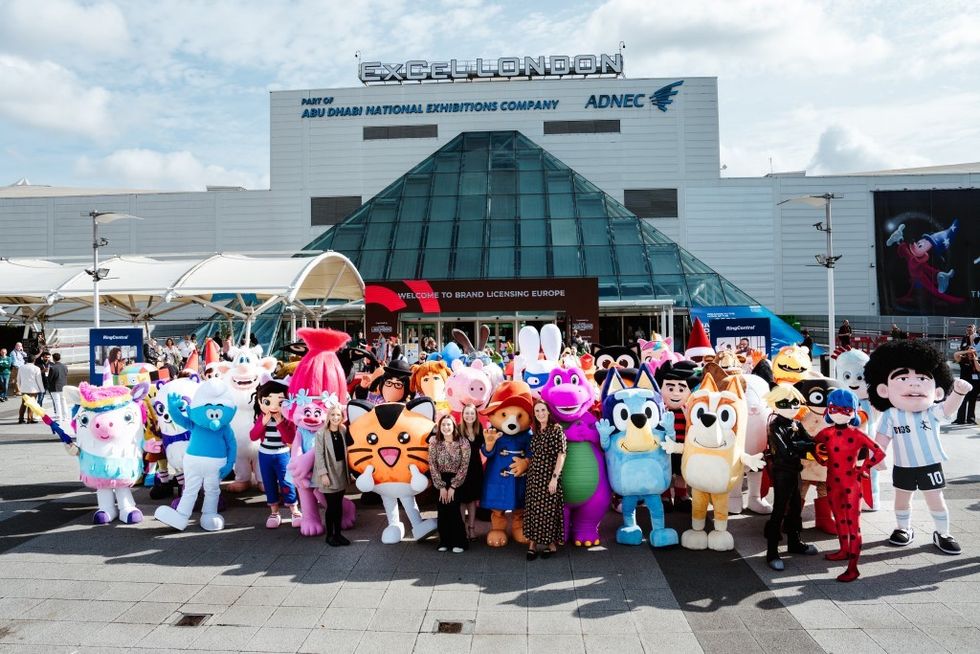
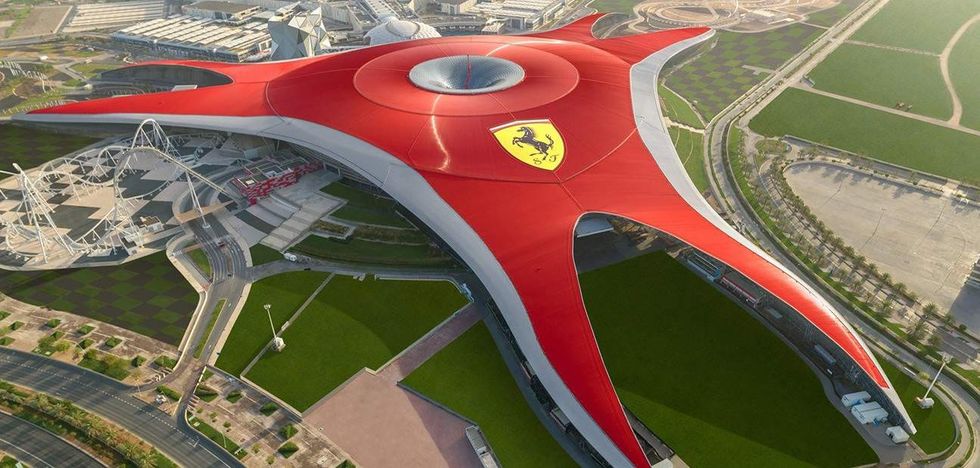
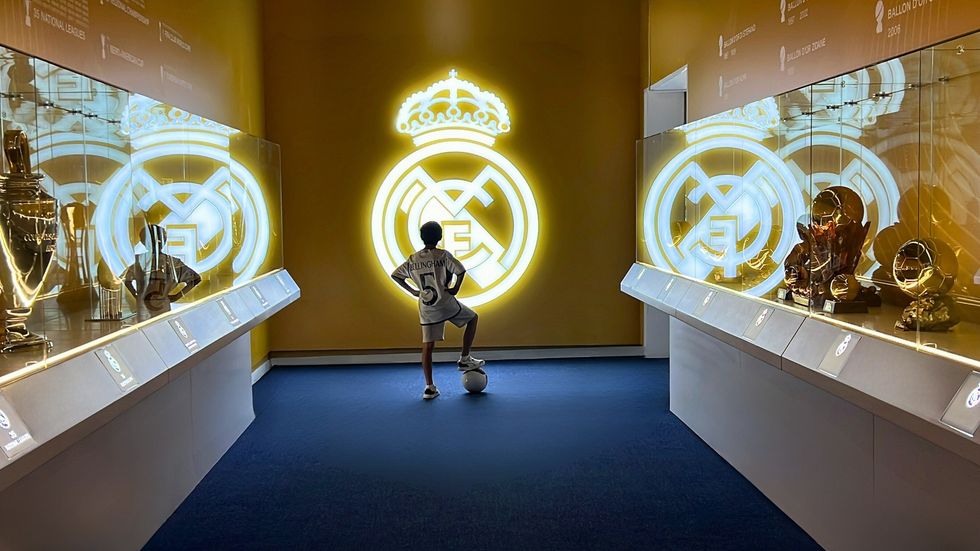
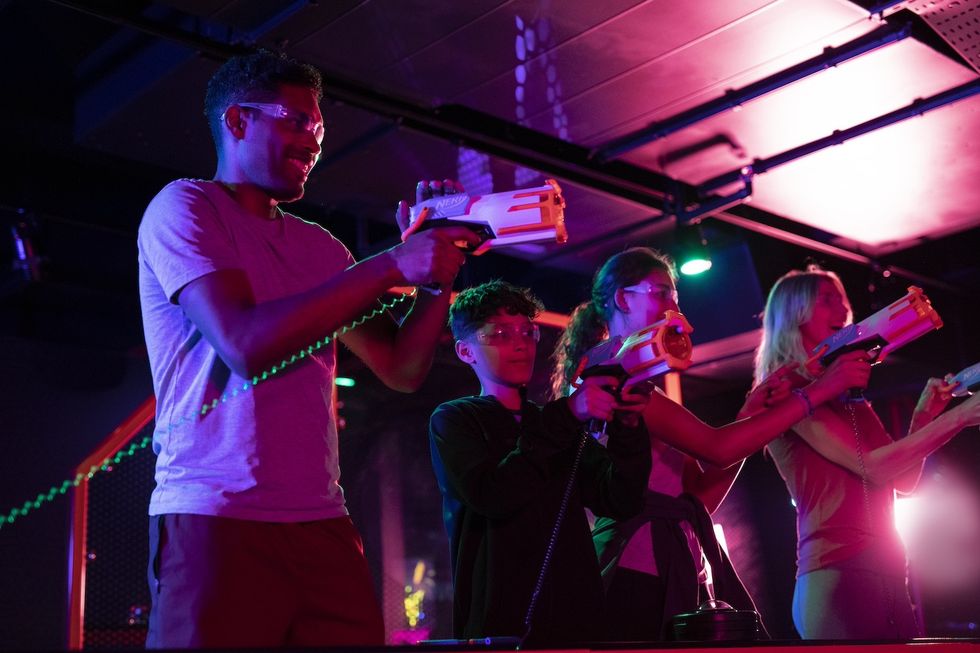
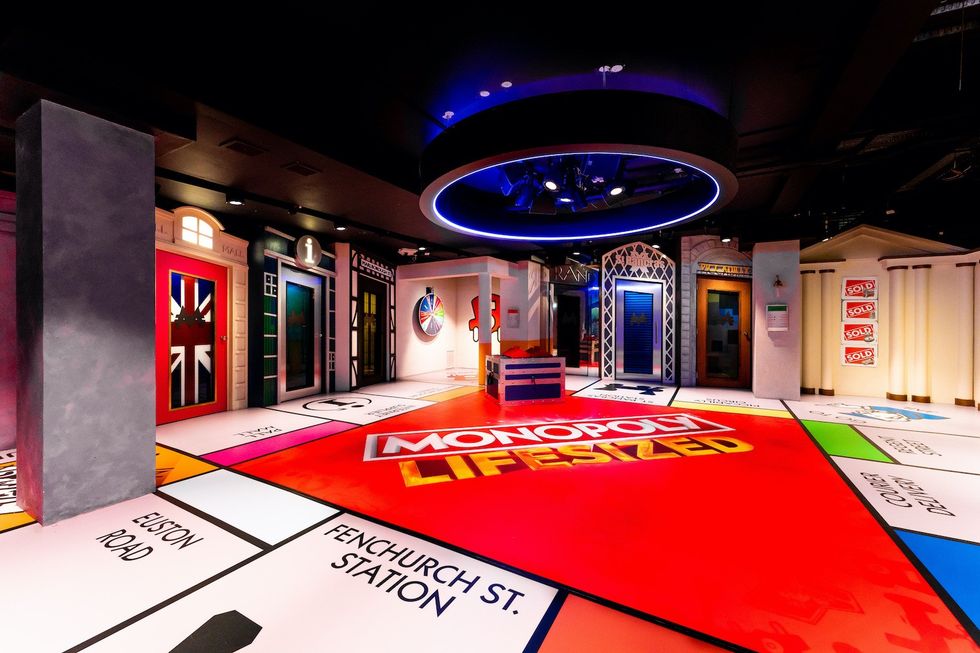
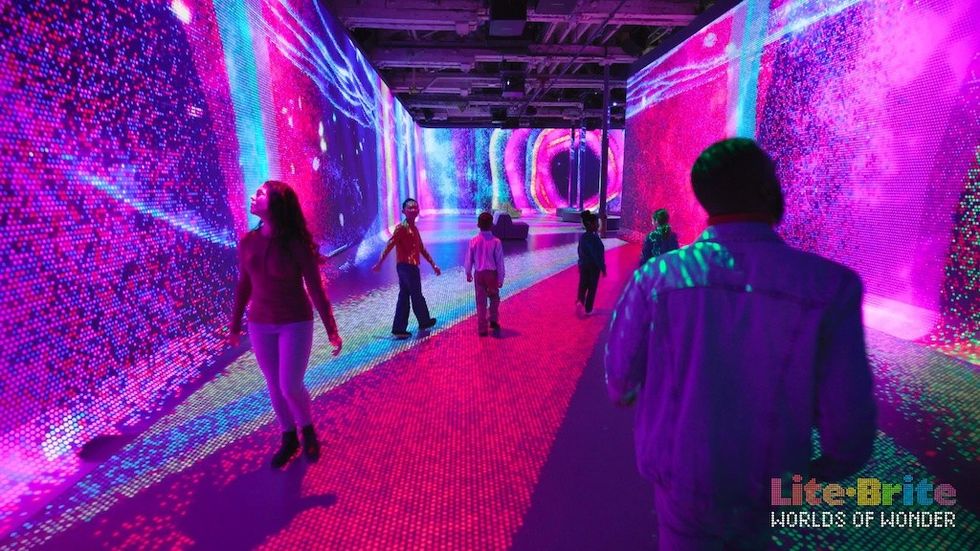
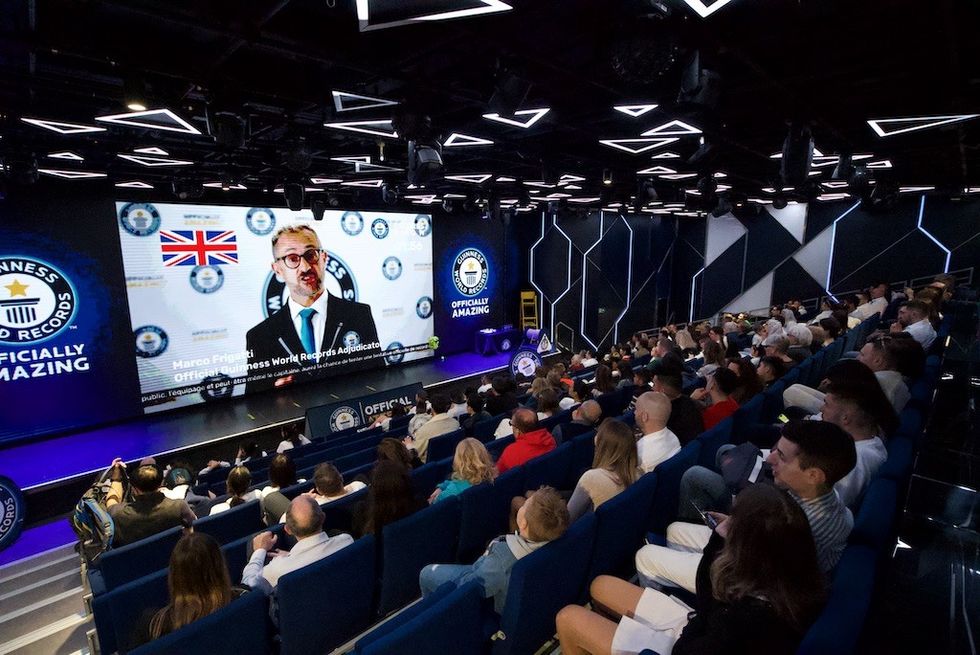
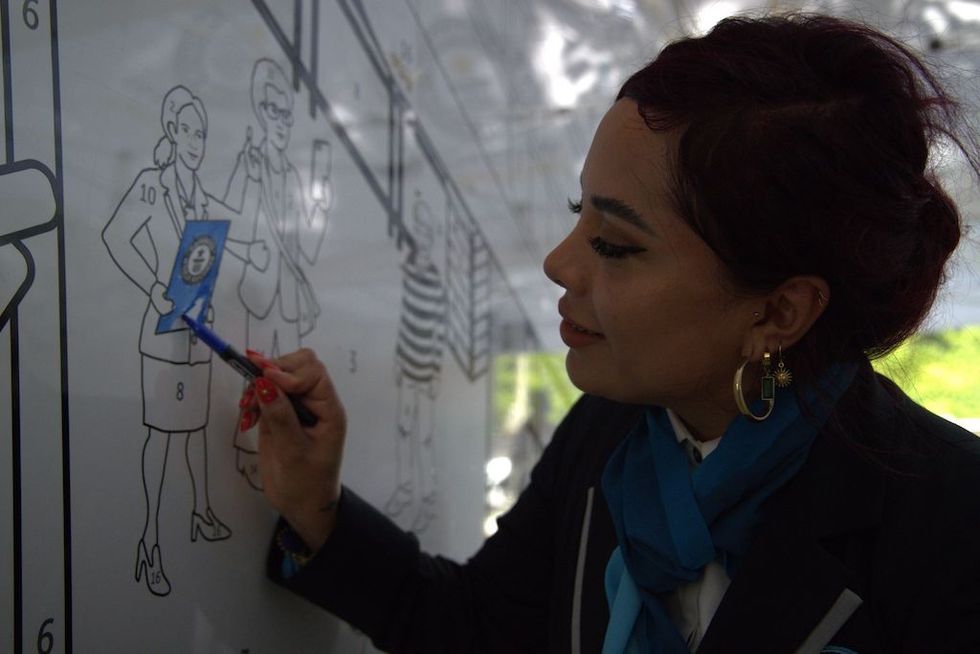

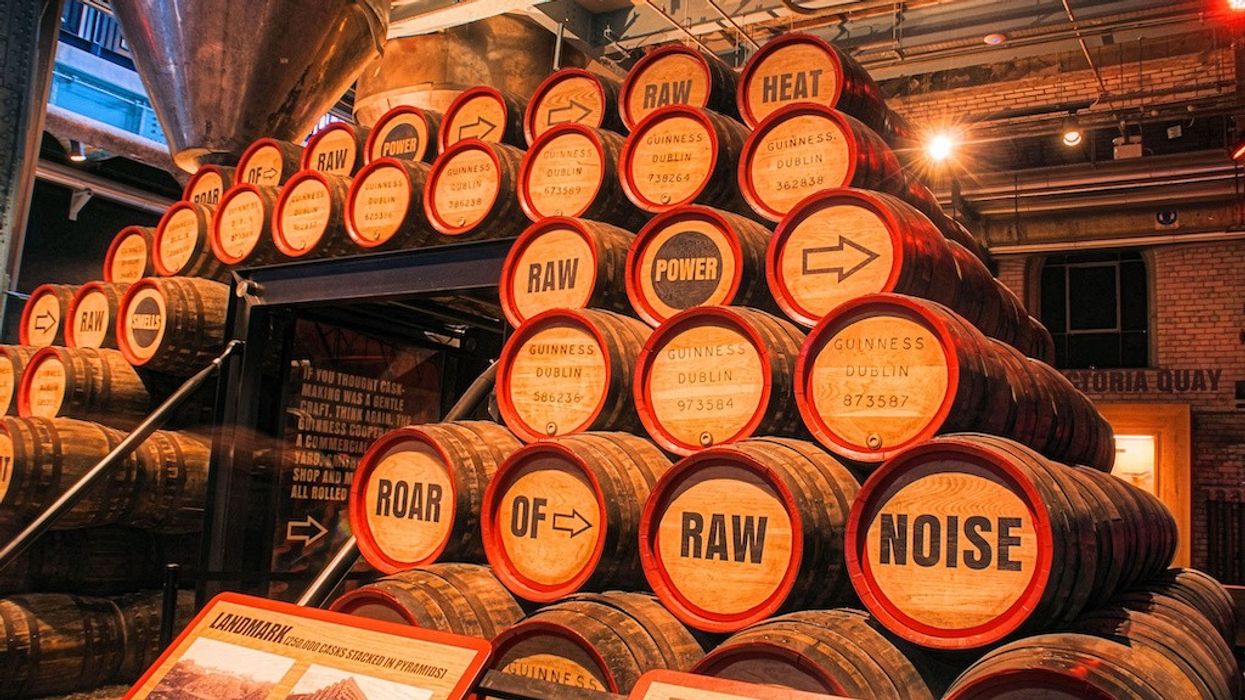
 Christian Lachel, chief creative officer, BRC Imagination Arts
Christian Lachel, chief creative officer, BRC Imagination Arts  Image credit AA+W - stock.adobe.com
Image credit AA+W - stock.adobe.com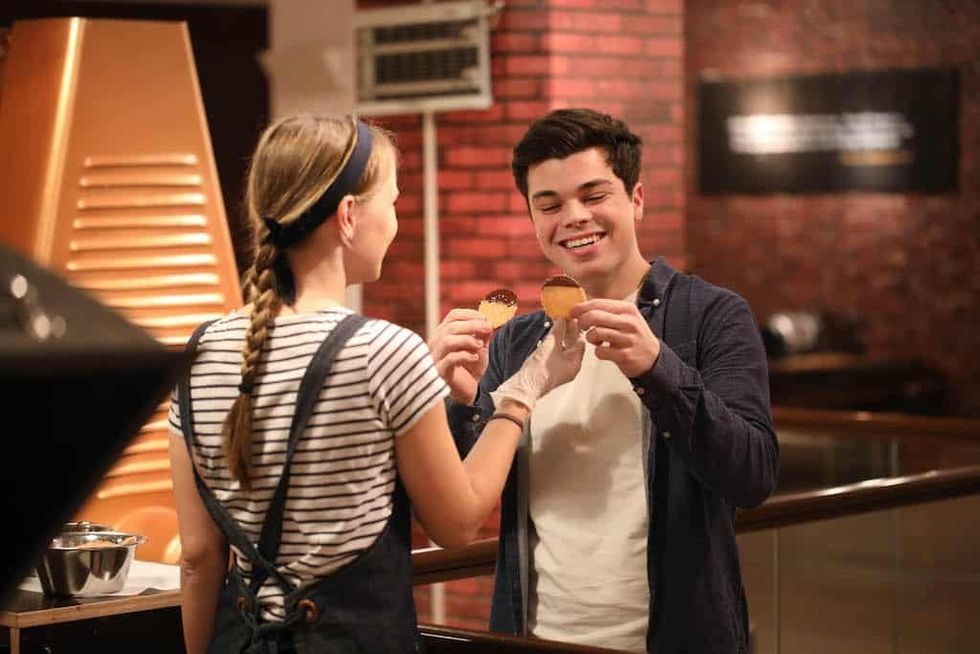 Chocoversum Image credit Sebastian Fuchs
Chocoversum Image credit Sebastian Fuchs 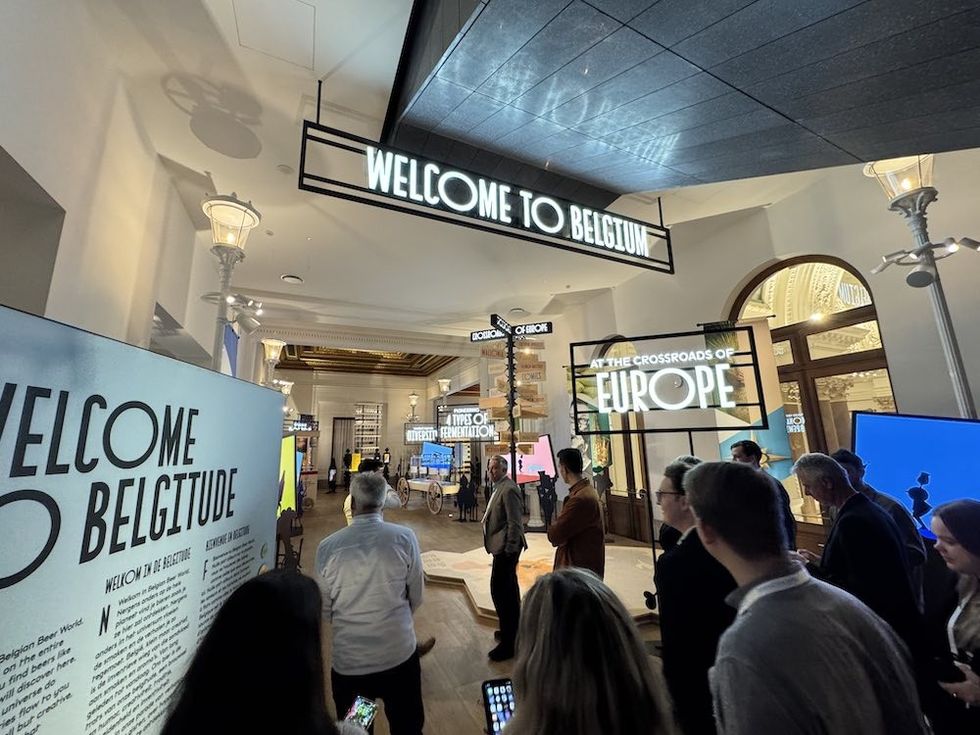 Belgian Beer World
Belgian Beer World 


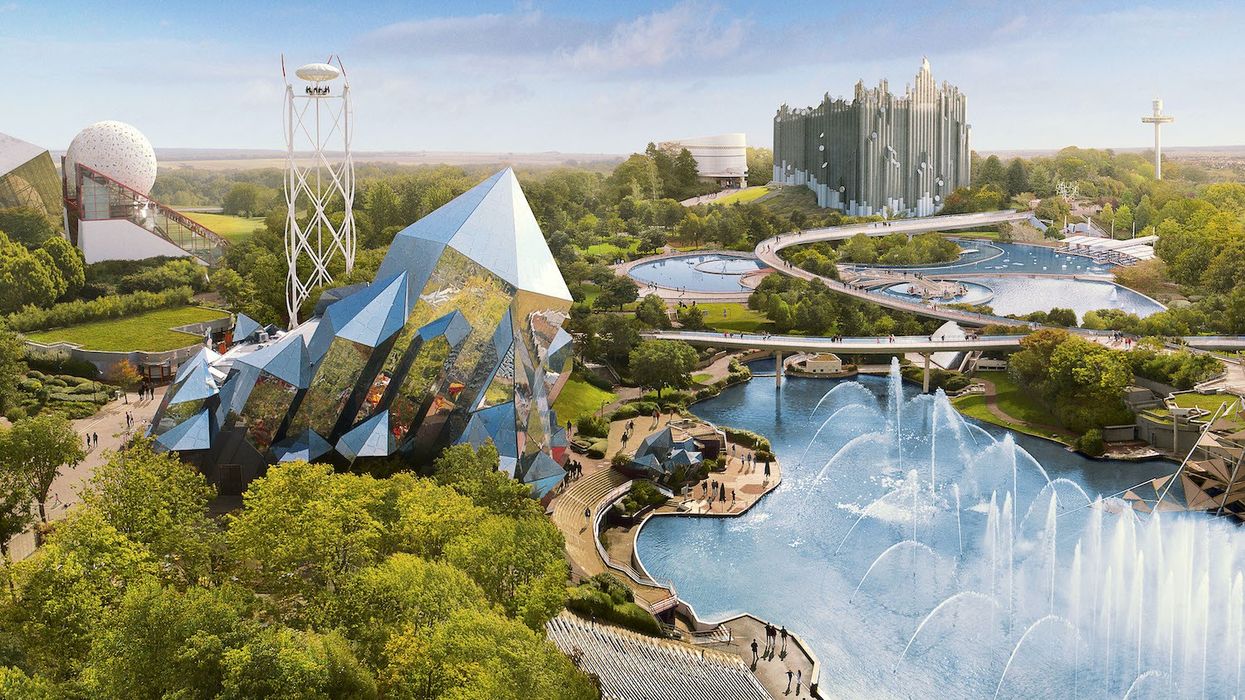


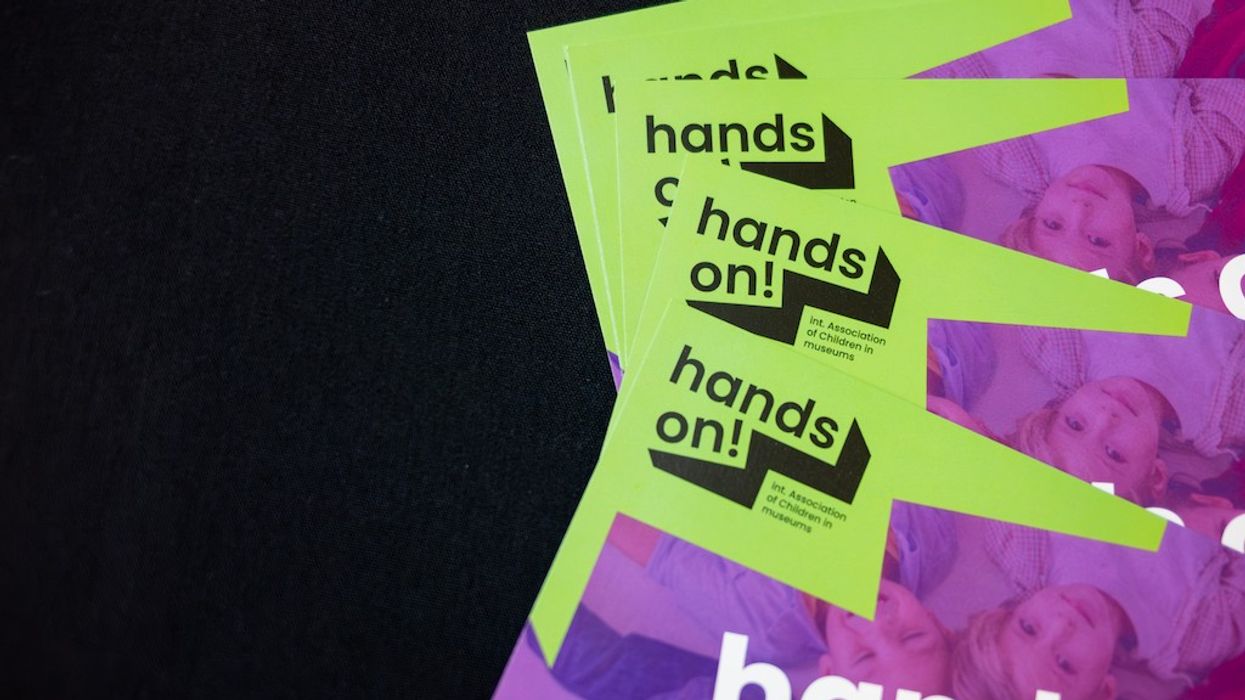
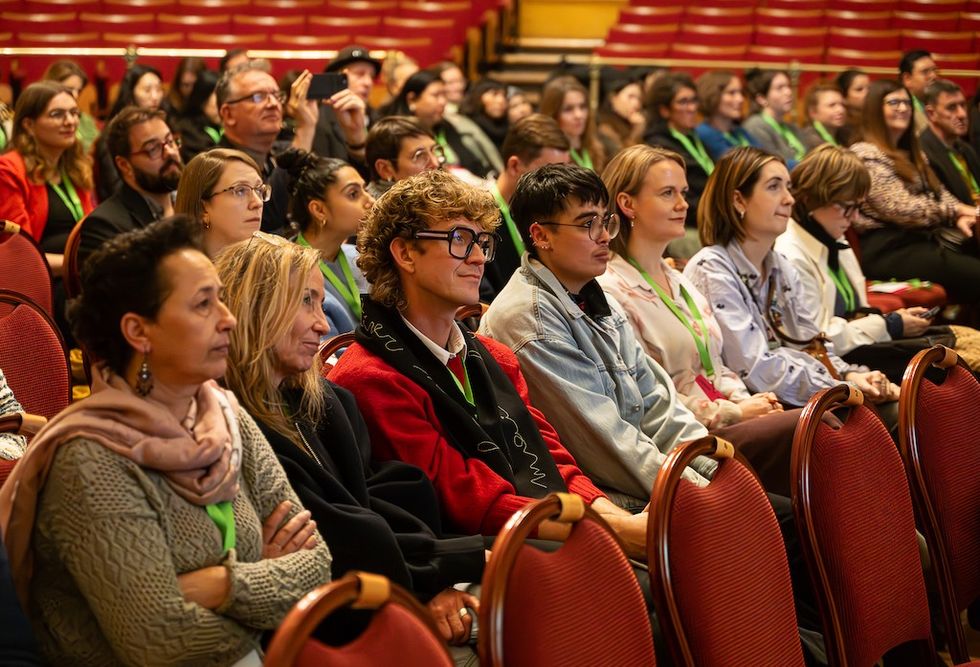
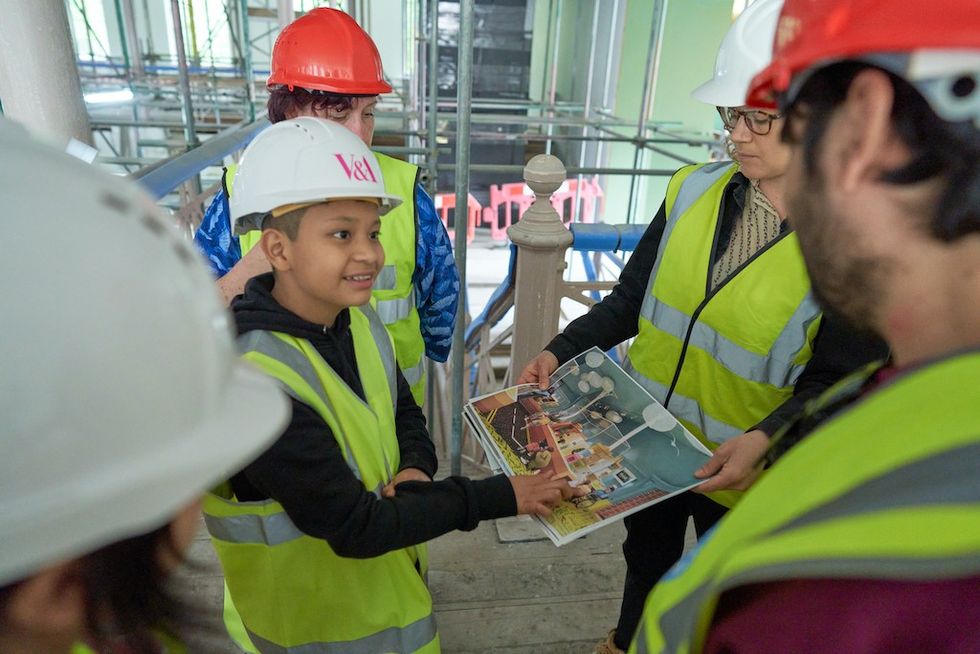 Young V&A Youth Collective members have a tour of the Young V&A construction site. Image courtesy of Young V&A.
Young V&A Youth Collective members have a tour of the Young V&A construction site. Image courtesy of Young V&A. 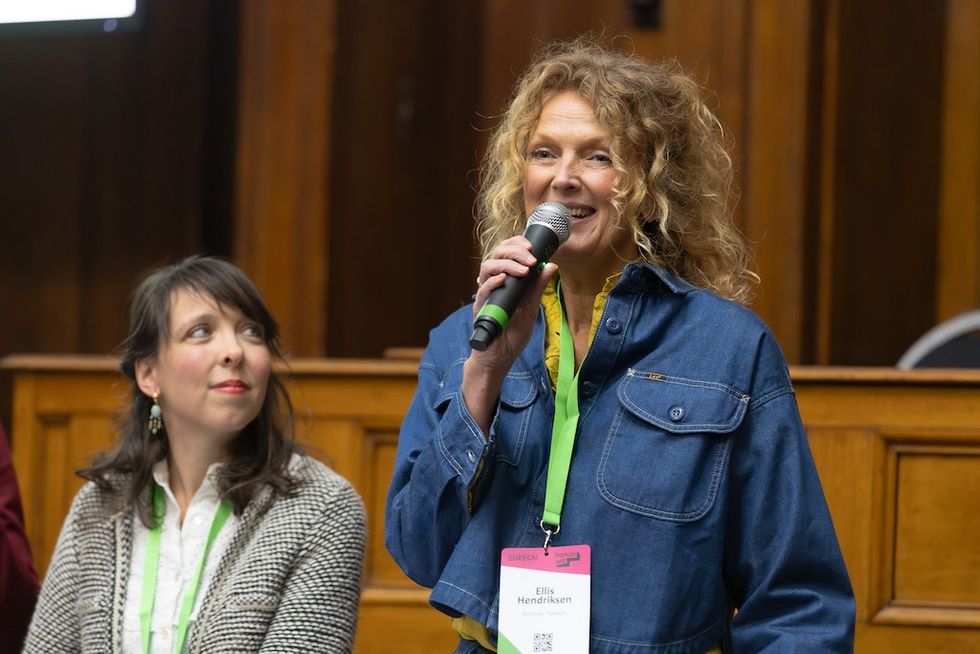 Floriane Perot and Ellis Hendriksen
Floriane Perot and Ellis Hendriksen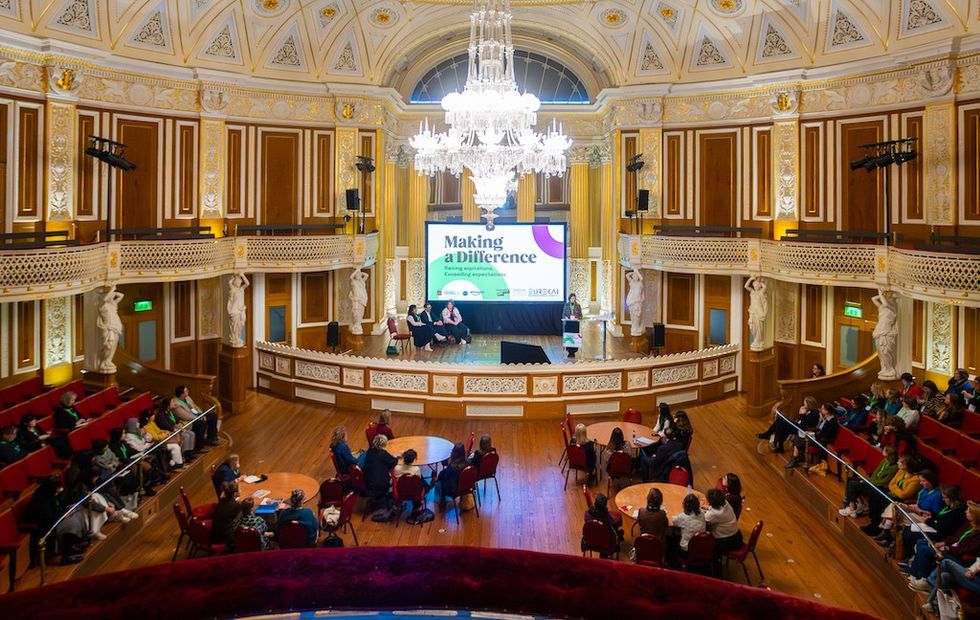
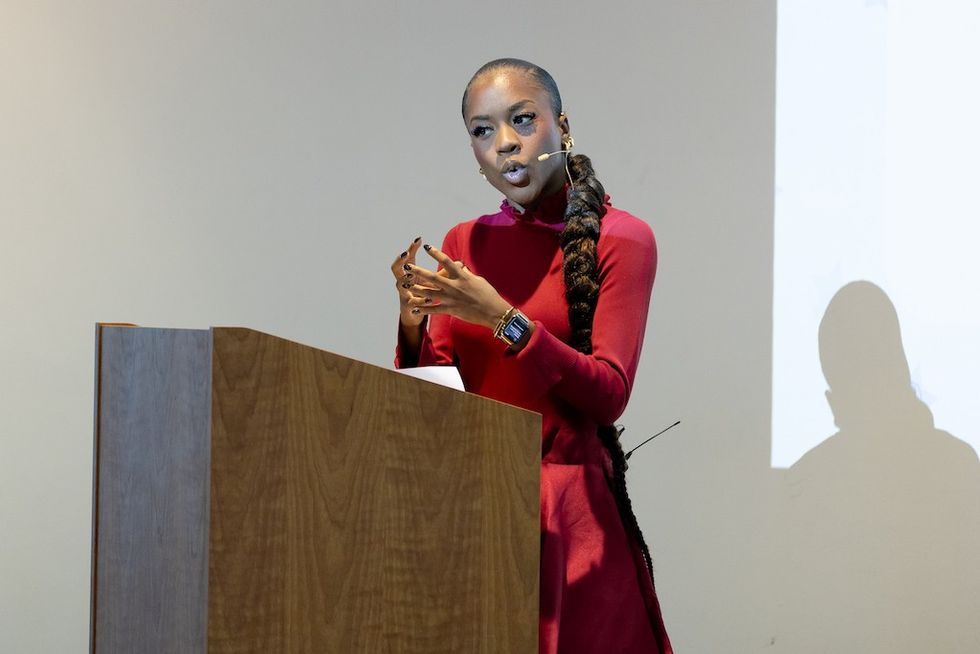 Amber Ogunsanya-William
Amber Ogunsanya-William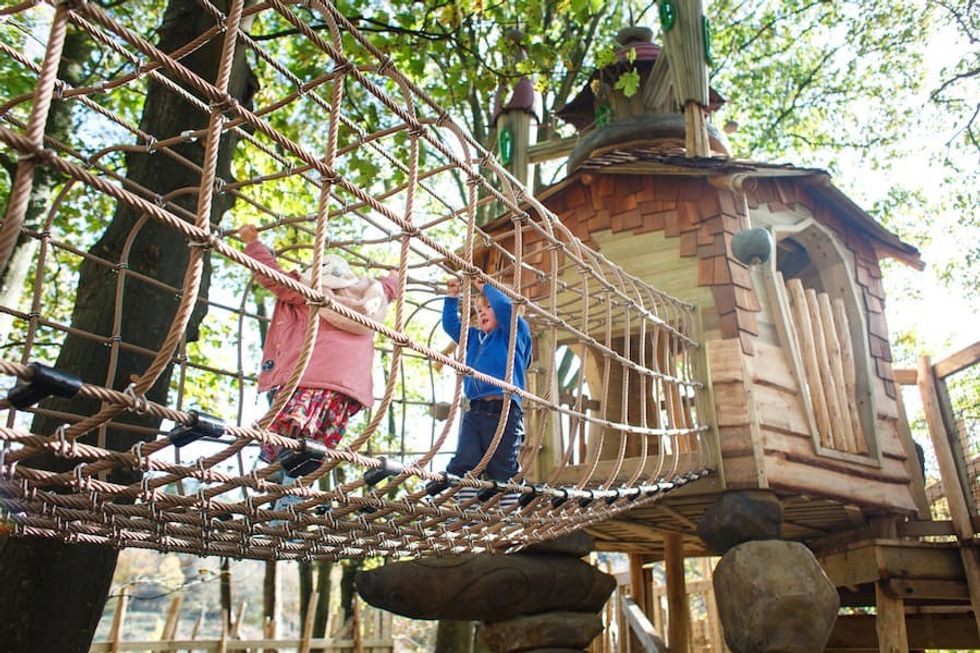 Tumblestone Hollow adventure playground by CAP.CO
Tumblestone Hollow adventure playground by CAP.CO 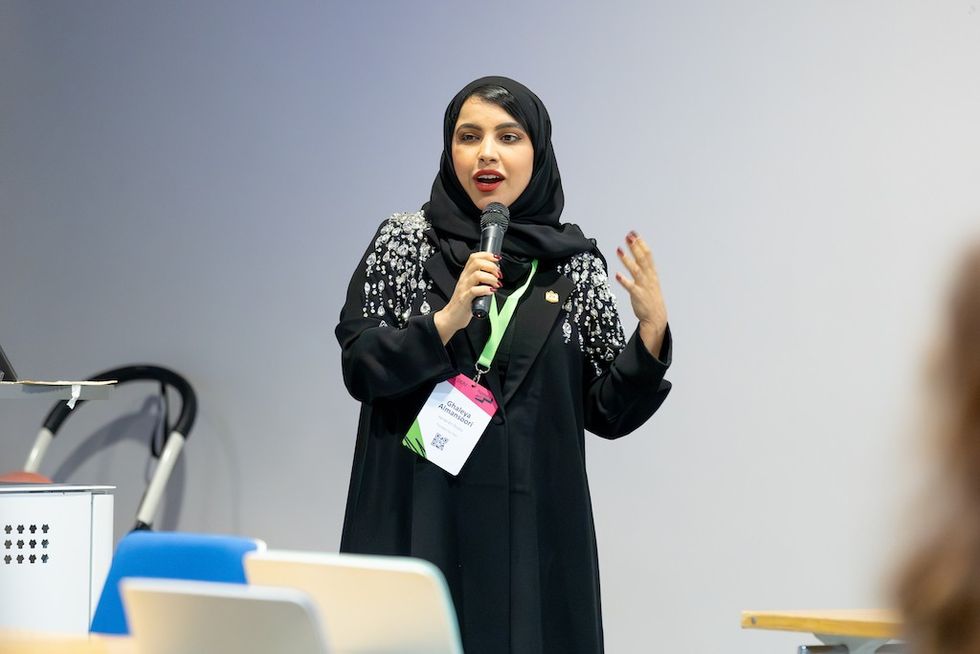 Ghaleya Al Mansoori
Ghaleya Al Mansoori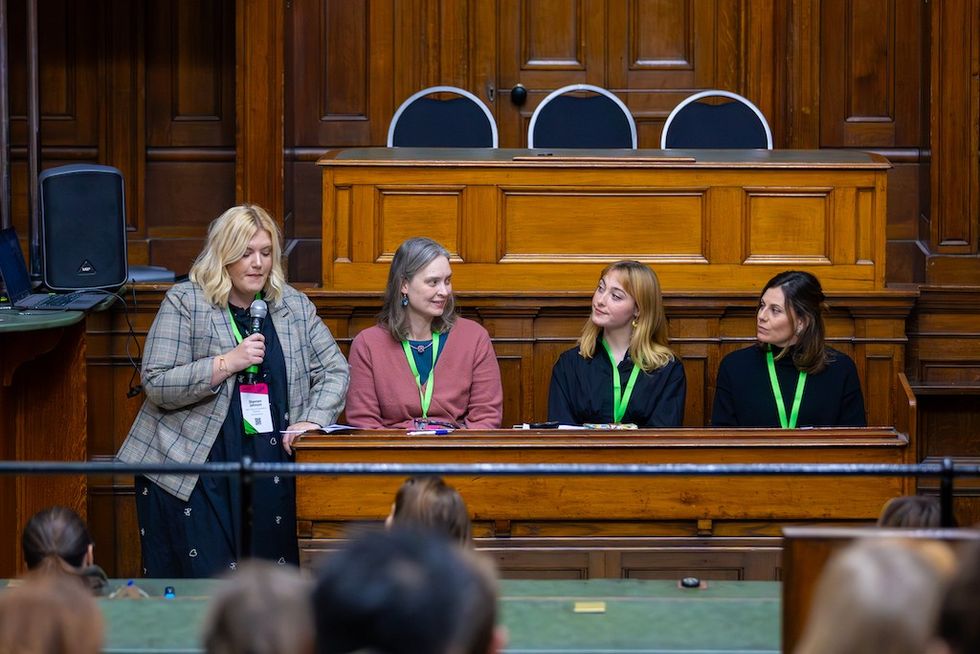
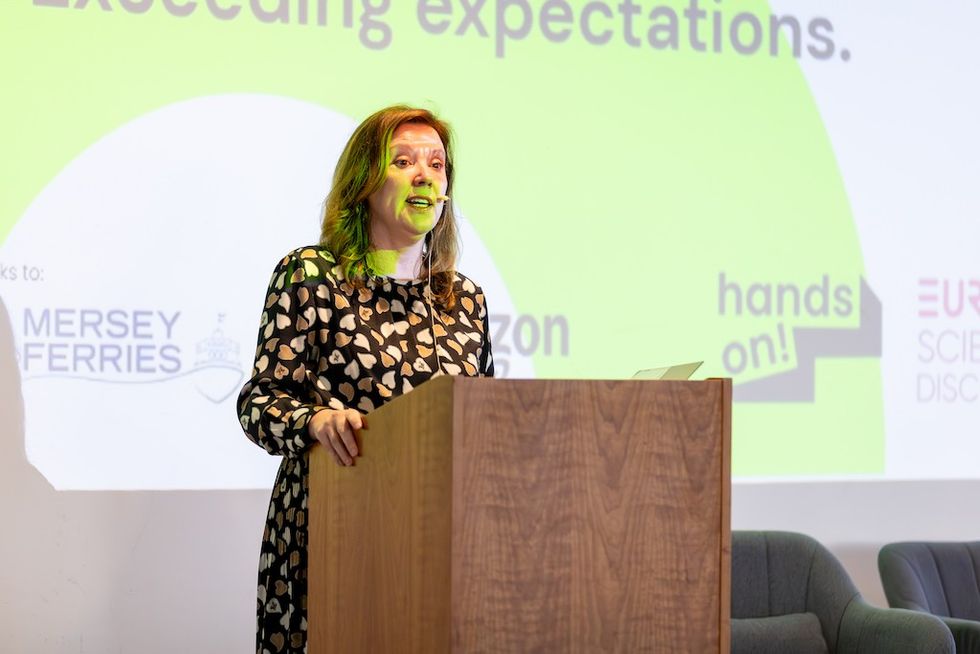 Dame Rachel de Souza
Dame Rachel de Souza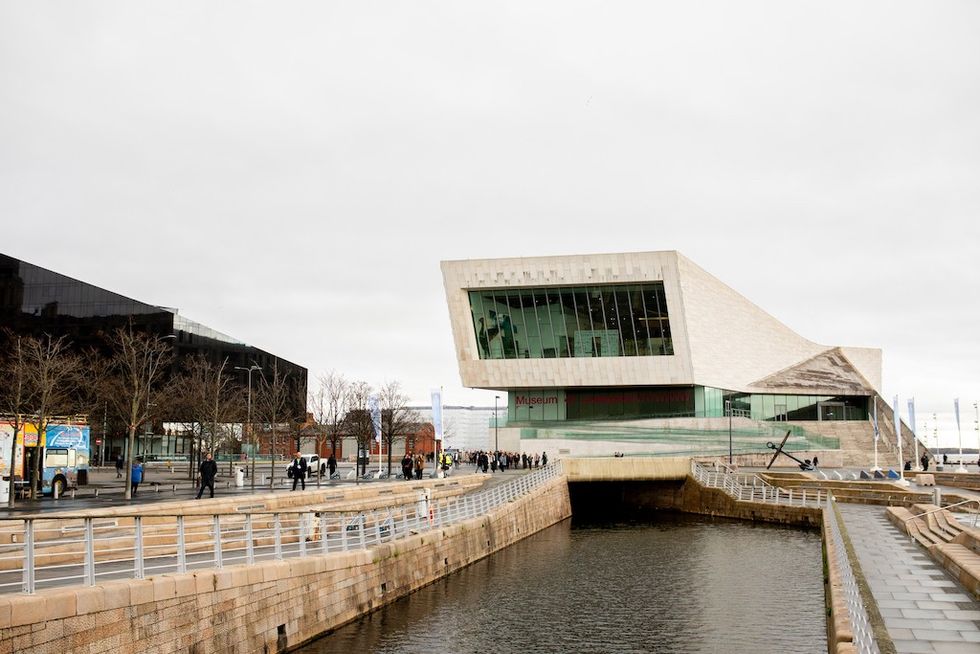 Liverpool Museum
Liverpool Museum
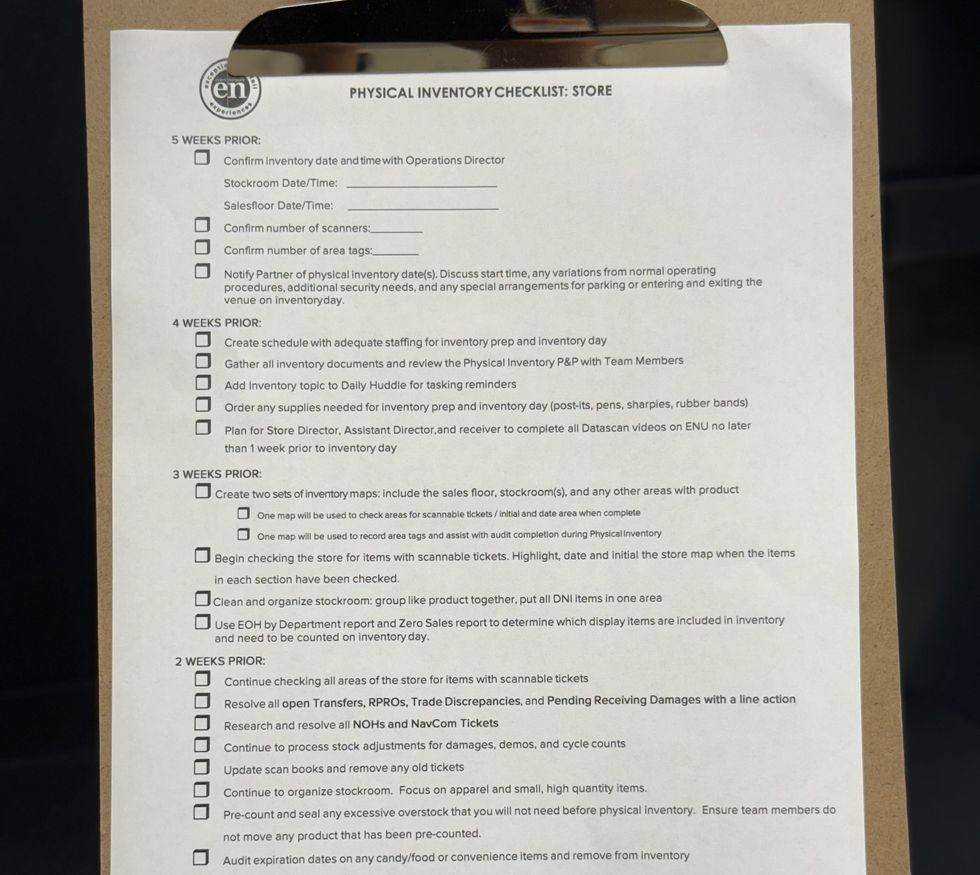
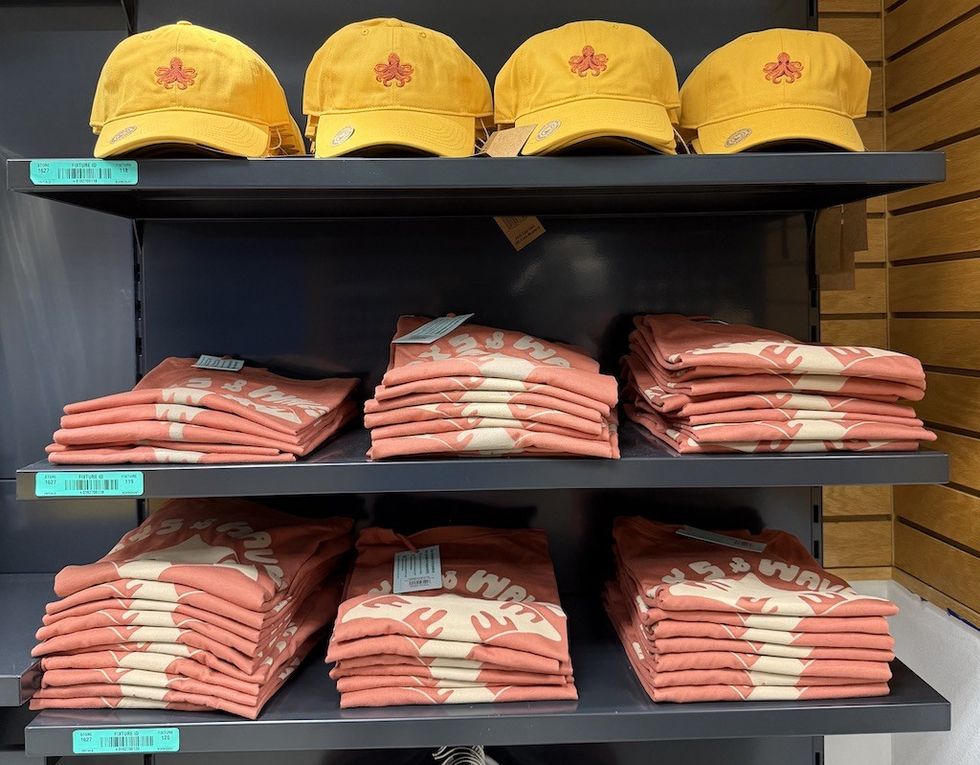
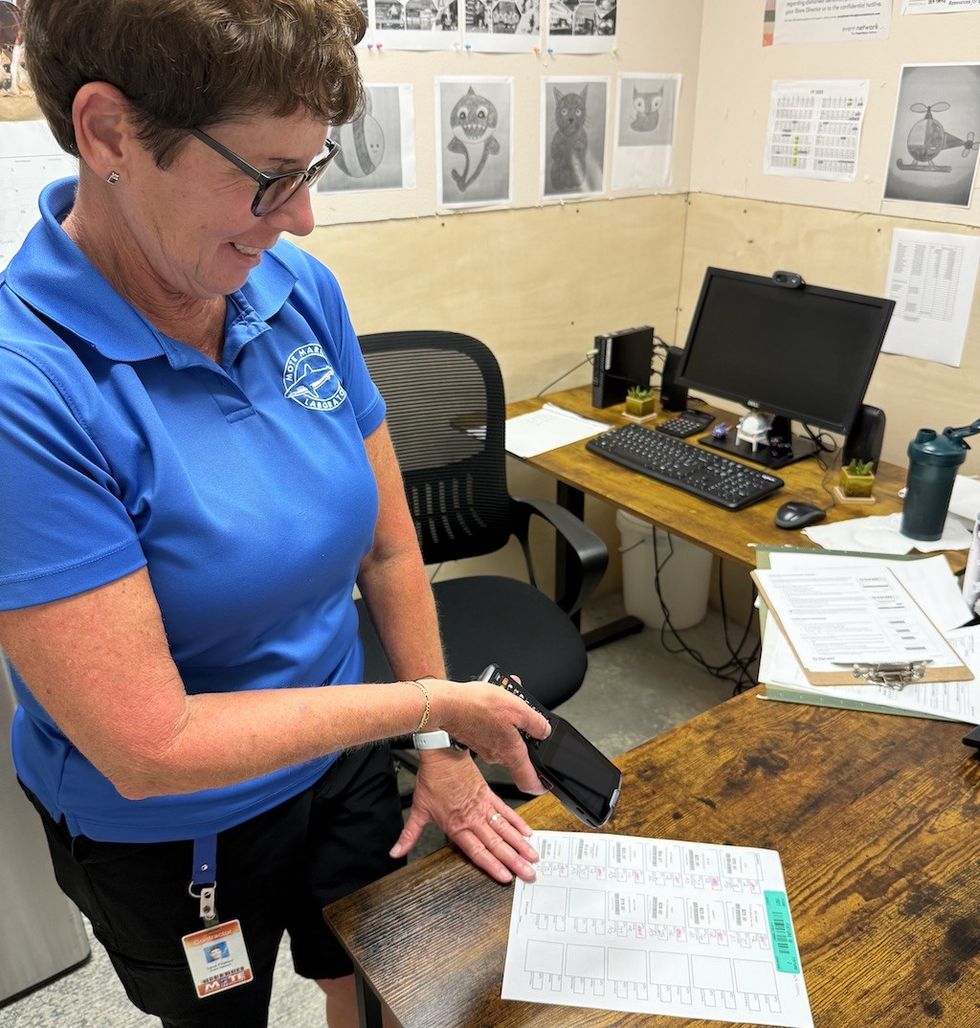


 Guests display a commemorative UN stamp sheet marking the 100th anniversary of the Palace Museum at the UN headquarters in New York, May 2025 (Xinhua)
Guests display a commemorative UN stamp sheet marking the 100th anniversary of the Palace Museum at the UN headquarters in New York, May 2025 (Xinhua)

